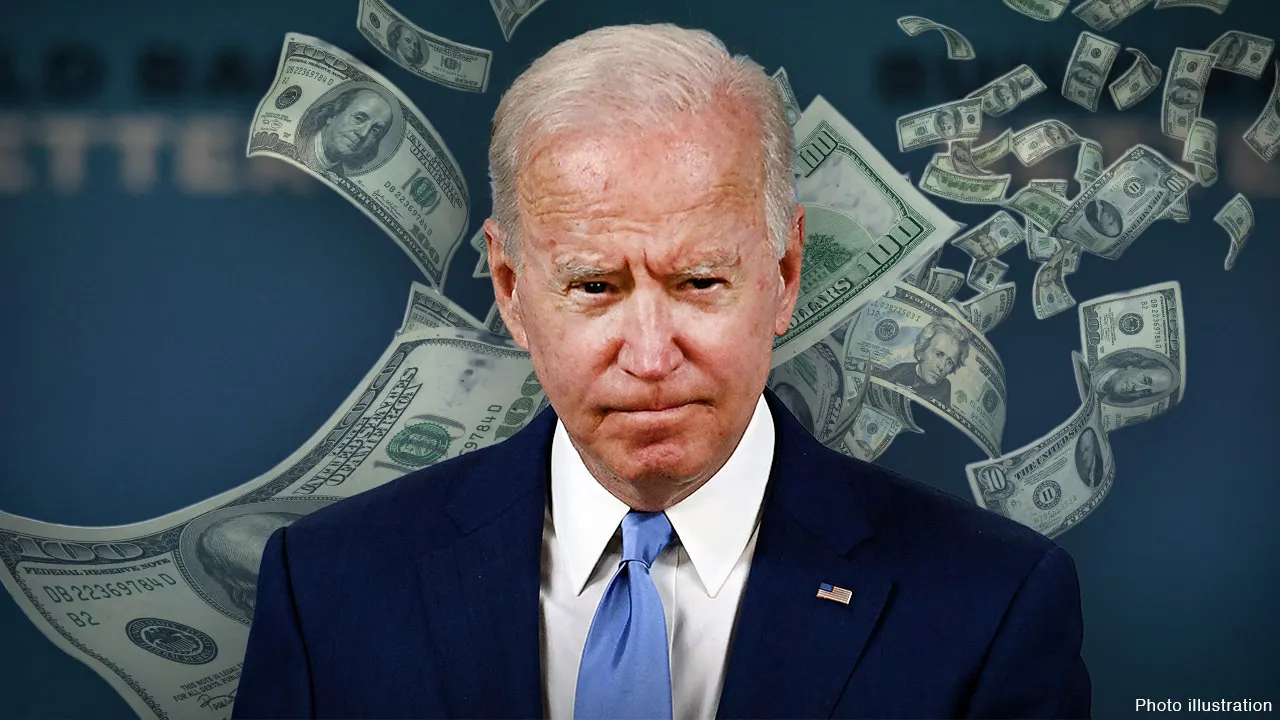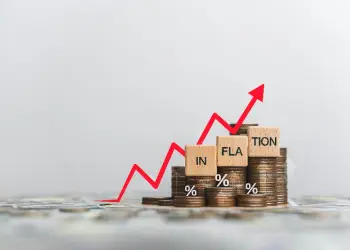The cryptocurrency industry is constantly evolving, with new technologies and investment opportunities emerging. In 2025, key trends like AI-powered blockchain solutions, the rise of Central Bank Digital Currencies (CBDCs), and institutional investments are set to redefine the crypto landscape.
Explore the biggest cryptocurrency trends shaping 2025, including AI integration, DeFi growth, CBDCs, and institutional crypto adoption.
Introduction: The Evolution of Cryptocurrency in 2025
Cryptocurrency has transformed from a niche investment to a mainstream financial asset. As regulations evolve and blockchain technology advances, investors are keen to explore new opportunities. In 2025, key trends such as artificial intelligence (AI), decentralized finance (DeFi), and institutional adoption will play a crucial role in shaping the crypto market.
AI and Blockchain Integration
Artificial intelligence (AI) is becoming a game-changer for the cryptocurrency industry. AI-driven trading bots, predictive analytics, and automated smart contracts are improving efficiency in crypto trading and security. AI-based blockchain projects like Fetch.ai and SingularityNET are gaining traction, showing how AI can optimize decentralized networks.
DeFi Growth & Expansion Beyond Ethereum
Decentralized Finance (DeFi) continues to revolutionize traditional banking by offering permissionless lending, staking, and yield farming. In 2025, DeFi is expanding beyond Ethereum, with ecosystems like Solana, Avalanche, and Cardano offering faster and cheaper alternatives. Cross-chain interoperability is also enhancing DeFi adoption.
The Rise of CBDCs (Central Bank Digital Currencies)
Governments worldwide are developing Central Bank Digital Currencies (CBDCs) to provide a state-backed digital alternative to cryptocurrencies. Countries like China (Digital Yuan) and the European Union (Digital Euro) are leading the charge, which may impact stablecoins and private cryptocurrencies.
Institutional Investments in Crypto
Institutional investors are increasingly entering the cryptocurrency space. Major asset management firms like BlackRock and Fidelity are launching crypto ETFs, making Bitcoin and Ethereum more accessible to traditional investors. This shift is driving higher liquidity and reducing volatility in the market.
Bitcoin Halving & Its Impact on the Market
The next Bitcoin halving event is set for 2024, reducing miner rewards by half. Historically, Bitcoin halving has triggered price surges due to reduced supply. In 2025, the aftereffects of the halving could lead to a significant price increase for Bitcoin and other correlated assets.
Layer 2 Scaling Solutions for Faster Transactions
As demand for blockchain transactions increases, Layer 2 solutions like Polygon, Arbitrum, and Optimism are improving transaction speeds and reducing fees. These solutions make decentralized applications (dApps) more scalable, boosting overall blockchain adoption.
NFTs 2.0 – More Than Just Digital Art
Non-Fungible Tokens (NFTs) are evolving beyond digital collectibles. In 2025, NFTs will be widely used in gaming, real estate, ticketing, and identity verification. Platforms like ImmutableX and Flow are pioneering NFT adoption with lower fees and better scalability.
Security & Regulations: A More Structured Crypto Market
Regulatory clarity is increasing in the crypto industry, with countries implementing clear frameworks for exchanges and digital assets. Stronger security measures, such as multi-signature wallets and decentralized identity verification, are helping prevent hacks and fraud.
The Future of Stablecoins & Digital Payments
Stablecoins like USDT, USDC, and DAI are crucial for digital payments and remittances. However, new regulations may impact their role in the financial system. Meanwhile, decentralized stablecoins like Frax and Terra 2.0 are emerging as alternatives.
Meme Coins & Community-Driven Projects
Meme coins like Dogecoin (DOGE) and Shiba Inu (SHIB) continue to thrive due to strong community support. In 2025, newer community-driven projects will challenge existing meme coins, while some may introduce utility to sustain long-term growth.
Preparing for the Future of Crypto
The cryptocurrency industry is rapidly evolving with innovations in DeFi, AI, NFTs, and institutional adoption. Investors should stay informed, diversify their portfolios, and be mindful of market trends and regulations. The future of crypto in 2025 promises opportunities for those who adapt to its dynamic landscape.




























